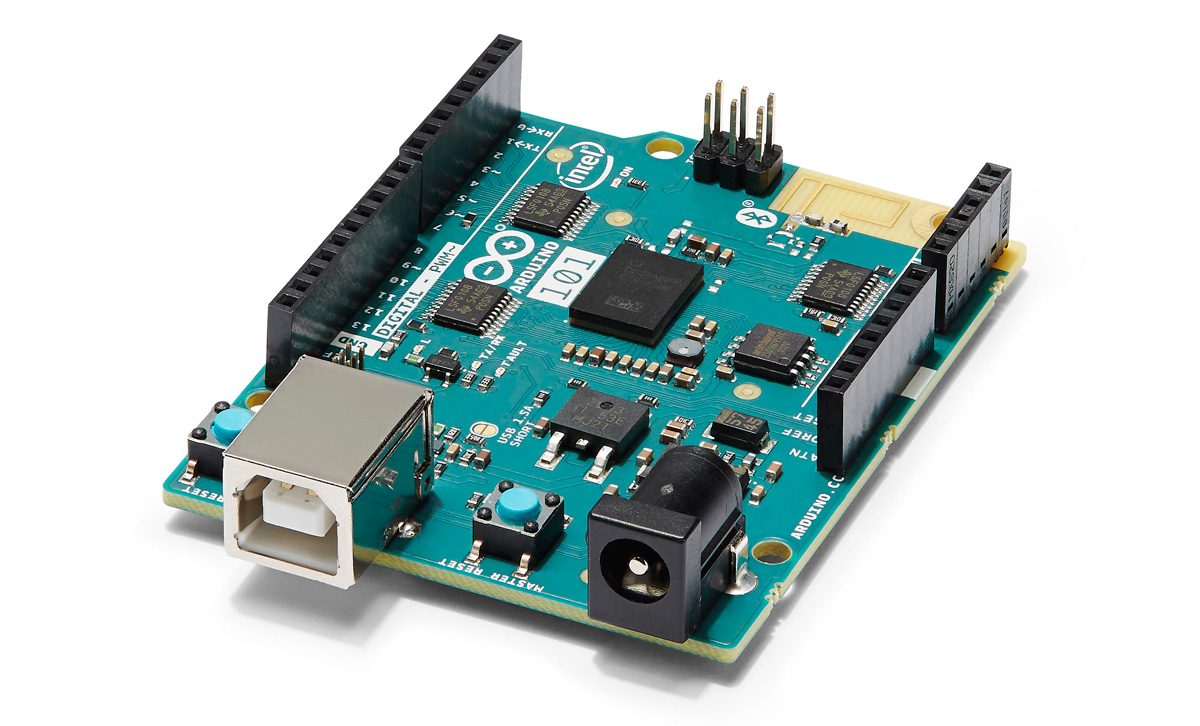Arduino IDE 1.6.8: learn what’s new and download it
Today we are happy to release the Arduino IDE 1.6.8 and updated cores for almost all supported platforms (AVR 1.6.10, SAM 1.6.7, Curie 1.0.5).
This new version of Arduino Software adds support for scaling interface for UHD monitors: if the IDE is too small because your display resolution is very high or just because you want it bigger ![]() now you can set the scaling factor from the preferences panel:
now you can set the scaling factor from the preferences panel:

Just uncheck the “Automatic” box, set the magnification to a suitable value and restart the IDE. Below you can see the “before” and “after” screenshot examples:


Another improvement is that the IDE now tries harder to remember the last window position when it’s closed and to restore it when it’s opened again. It’s a small improvement that should save some clicks every time the IDE is opened. (check Credits)
In collaboration with Intel we also released the new core, here are some of the updates:
- we solved the upload problems encountered by some users on the 101 and we increased general upload speed.
- the Arduino and Genuino 101 CurieIMU library is now reviewed, more usable and with many examples that show the features of the onboard sensor
- we included new libraries for the Curie Core: CurieTimerOne: it’s now easier to play with Hardware Timers (for RTC functionality, instead, use CurieTime)
- CurieEEPROM: use this library to simulate the non-volatile memory available on AVR cores.
- CurieSoftwareSerial: the Curie version of the library allows you to create serial ports on (almost) any digital pin.
The complete changelog on the Intel core is available here.
We also included some frontend enhancement and improvements and, as usual, we made a lot of bug fixes, adjustments and fresh documentation thanks to the contribution of our community. The complete list of fixes and credits is available here.
Don’t forget to report any issue you find, either on Github or on the Arduino forum: your help is very much appreciated. It doesn’t matter if you are not a tech specialist: every feedback adds value.
Enjoy coding!


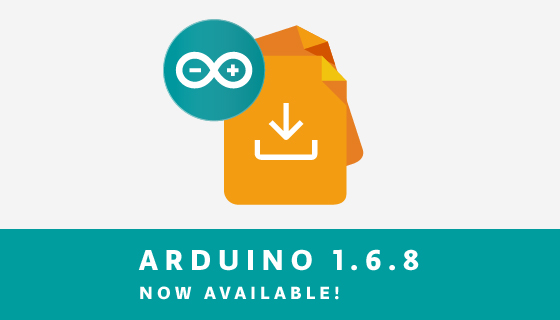


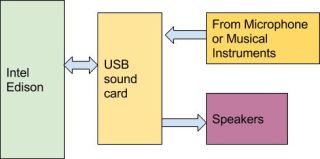

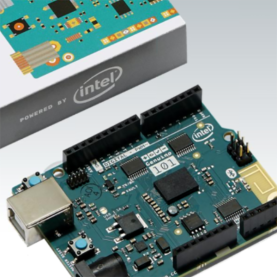 The Arduino/Genuino 101 is the first development platform for the Intel Curie modules which are a recent development from Intel’s Maker and Innovator group. The button-sized Curie is a single package encapsulating microcontroller, Bluetooth, a 6-DOF IMU, and battery charging circuitry; the requisite hardware for anything marketed as a ‘wearable’. The Curie’s brain is a 32-bit Intel Quark microcontroller with 384kB of Flash 80kB SRAM, giving it about the same storage and RAM as a low-end ARM Cortex microcontroller.
The Arduino/Genuino 101 is the first development platform for the Intel Curie modules which are a recent development from Intel’s Maker and Innovator group. The button-sized Curie is a single package encapsulating microcontroller, Bluetooth, a 6-DOF IMU, and battery charging circuitry; the requisite hardware for anything marketed as a ‘wearable’. The Curie’s brain is a 32-bit Intel Quark microcontroller with 384kB of Flash 80kB SRAM, giving it about the same storage and RAM as a low-end ARM Cortex microcontroller.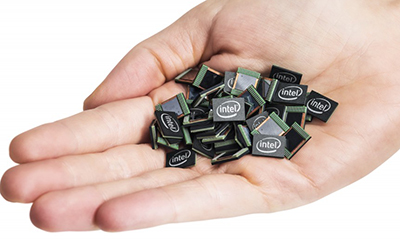 The Arduino 101 and Genuino 101 – different names for the same thing and the first great expression of arduino.cc’s troubles with trademarks and the
The Arduino 101 and Genuino 101 – different names for the same thing and the first great expression of arduino.cc’s troubles with trademarks and the 


